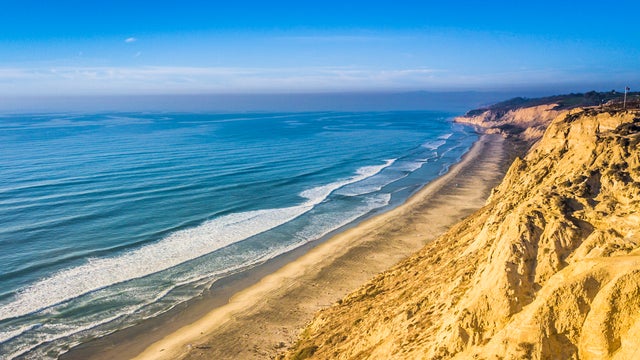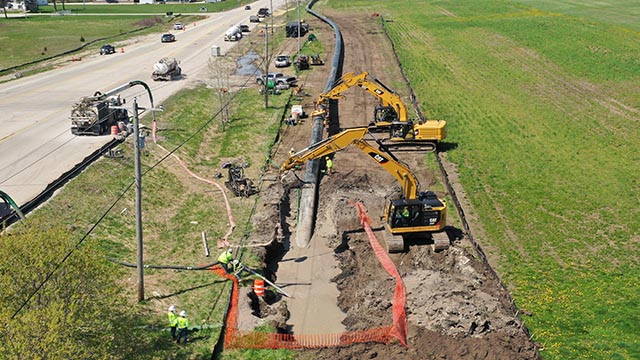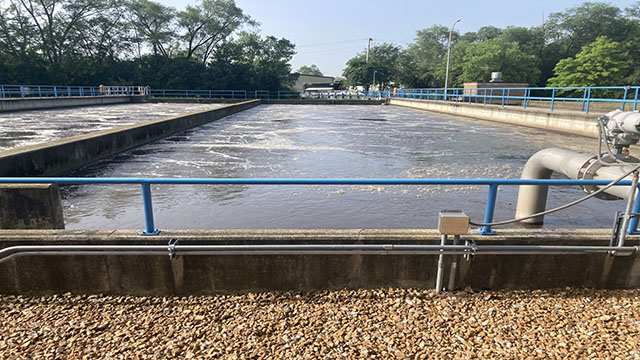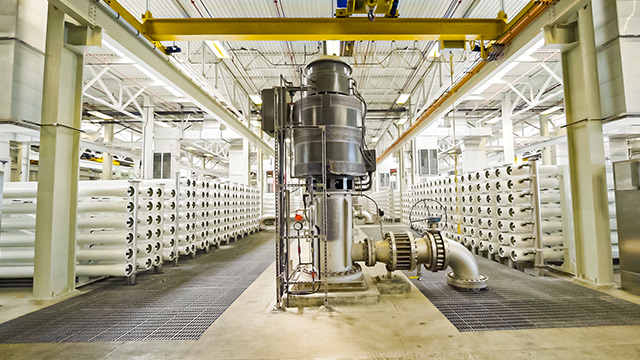The fresh water in the lagoon sparkles in the sunlight. It’s stocked for fishing and rimmed by trails, gathering spaces, and native wetland plants. Inconspicuously, it’s also ready to receive and store excess stormwater. Planned and designed by Black & Veatch, the stormwater lagoon at Fontenelle Park in northeast Omaha is natural infrastructure and an invaluable piece of the city’s strategy to protect Missouri River water quality and enhance the lagoon’s use.
As in hundreds of cities across the United States, older parts of Omaha have a combined sewer system that collects stormwater and sewage together and conveys it in a single system to a facility for treatment. The problem is that significant wet weather events can overwhelm the combined system’s capacity, causing streets to flood, sewage to back up into homes, and untreated wastewater with stormwater to overflow directly into streams, rivers, and other water bodies. Under a State Administrative Order to reduce its combined sewer overflows (CSOs), the City of Omaha implemented the Lake James to Fontenelle Park Sewer Separation and Green Infrastructure Project as a major component of its long-term CSO control plan.
The city acquired the land for Fontenelle Park in the late 1800s. Prior to the project, the park’s low-lying lagoon collected local runoff and stormwater via a few street inlets. As envisioned by Black & Veatch, the project expanded and deepened the lagoon, creating 29 acre-feet of storage to take on excess stormwater during wet weather events.
A major aspect of the project included evaluating and optimizing Omaha’s existing system, which had sanitary, combined and storm sewers, and existing detention basins, not only the Fontenelle lagoon but also the Lake James Park detention basin. It’s how the project team saw a way to leverage the city’s existing infrastructure for an efficient and effective solution.
The project separates stormwater from the untreated sewage in the combined system by providing separate storm sewers in the drainage areas upstream from the lagoon. Stormwater is conveyed directly to the expanded detention lagoon, and water quality is enhanced by trash removal and solids removal facilities at the lagoon’s inlets. As a result, the new upstream sewer separation system diverts cleaner stormwater to the lagoon for temporary storage until the combined sewer system has the capacity to handle it when the storm has passed. This lowers peak flows in the combined sewer system downstream, reducing the CSOs discharged into the Missouri River as required by the Nebraska Department of Environment and Energy.
Black & Veatch provided planning, preliminary and final design, and construction administration services. It also provided public outreach and engagement services via Emspace Group.

Project Highlights
- CSO control planning and design to provide a green solutions infrastructure (GSI) facility
- Amenities including wetland plantings, fish habitat, fishing piers, and walking paths that enhance the public’s experience of the park
- Hydraulic assessment using Infoworks ICM
- 367 of the 477 acres in the study area were separated















